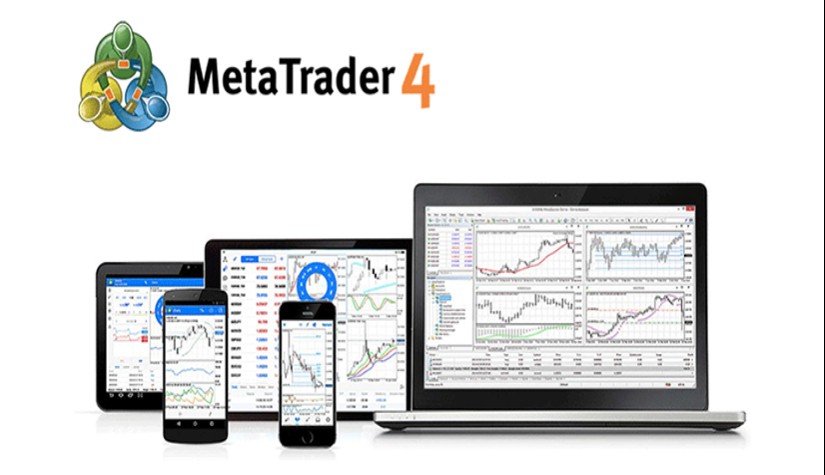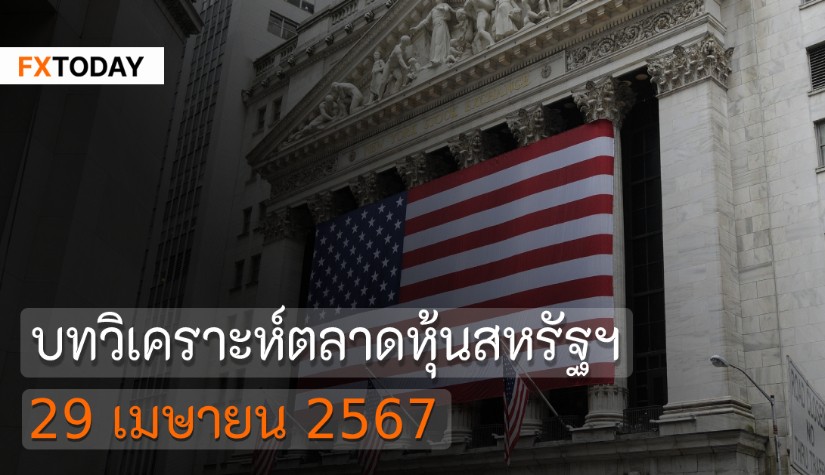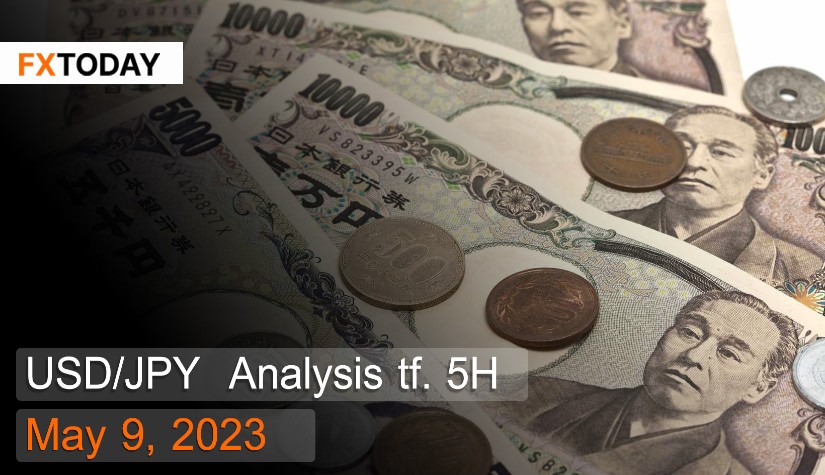The Dow Theory stands as a significant concept in technical investing, serving as a fundamental analytical tool for understanding securities pricing. Future trading can benefit from its application. Thus, this article will provide significant principles of the Dow Theory.
Understanding the Dow Theory Principles

Charles Dow, the brains behind the Dow Theory, offered a vital framework for stock market trend anticipation via price analysis. It’s a widely accepted concept among investors, and it consists of six fundamental principles:
1. Incorporation of Price Factors
Dow held that current market prices captured all news, investor behaviors, and underlying factors. However, any security price analysis must consider current market conditions and trends.
2. Trends of Price Movements
Dow divided price movements into Bull markets (upward) and Bear markets (downward). These can be further split into:
- Primary Trend: This trend lasts over a year.
- Secondary Trend: This trend moves against the primary trend. If the primary trend is upward, the secondary trend moves downward.
- Minor Trend: This short-term trend (under six days) is often overlooked due to its minimal market impact.
3. Mutual Price Confirmation
The Dow Theory proposes that for a movement to be a valid trend, associated prices must confirm the direction. For instance, a new high in the railroad index should coincide with a new high in the utility index to confirm an upward trend, a sign of overall economic growth.
4. Volume as a Price Trend Confirmation
During an upward trend, the volume should rise, whereas it should fall during a consolidation period. Conversely, the volume should increase during a downward trend and decrease during an upward trend. Hence, volume peaks during a Bull market or Bear market panic.

5. Significance of the Closing Price
According to Dow, the most crucial price level is the day's closing price. Day traders must close their positions at the end of the day, and hedge funds typically execute trades at the closing price. However, banks or brokers could use the settlement price in place of the closing price.
6. Trend Continuity Until a Clear Reversal
The basis of trend-following is a continuous trend that lasts until a clear reversal signal appears. Dow refrained from predicting the duration or extent of the trend, focusing on recognizing changes in trend direction by tracking price highs and lows. A price making higher highs and lower highs signals a bullish trend, while a price making higher lows and lower lows indicates a bearish trend. This pattern will continue until there's a sign of the trend ending.
Conclusion
The Dow Theory remains a tool for technical investors deciding on the market's trend direction. Charles Dow's six principles emphasize the need for price confirmation and an overall uptrend. Thus, investors seeking to understand the fundamental factors affecting the market's trend direction should familiarize themselves with the Dow Theory to accurately refine their future trend analysis skills.
______________________________
Maximize your knowledge: Blog
Keep up to date on global events: News
Updated
11 months ago
(May 17, 2023 10:29)
















